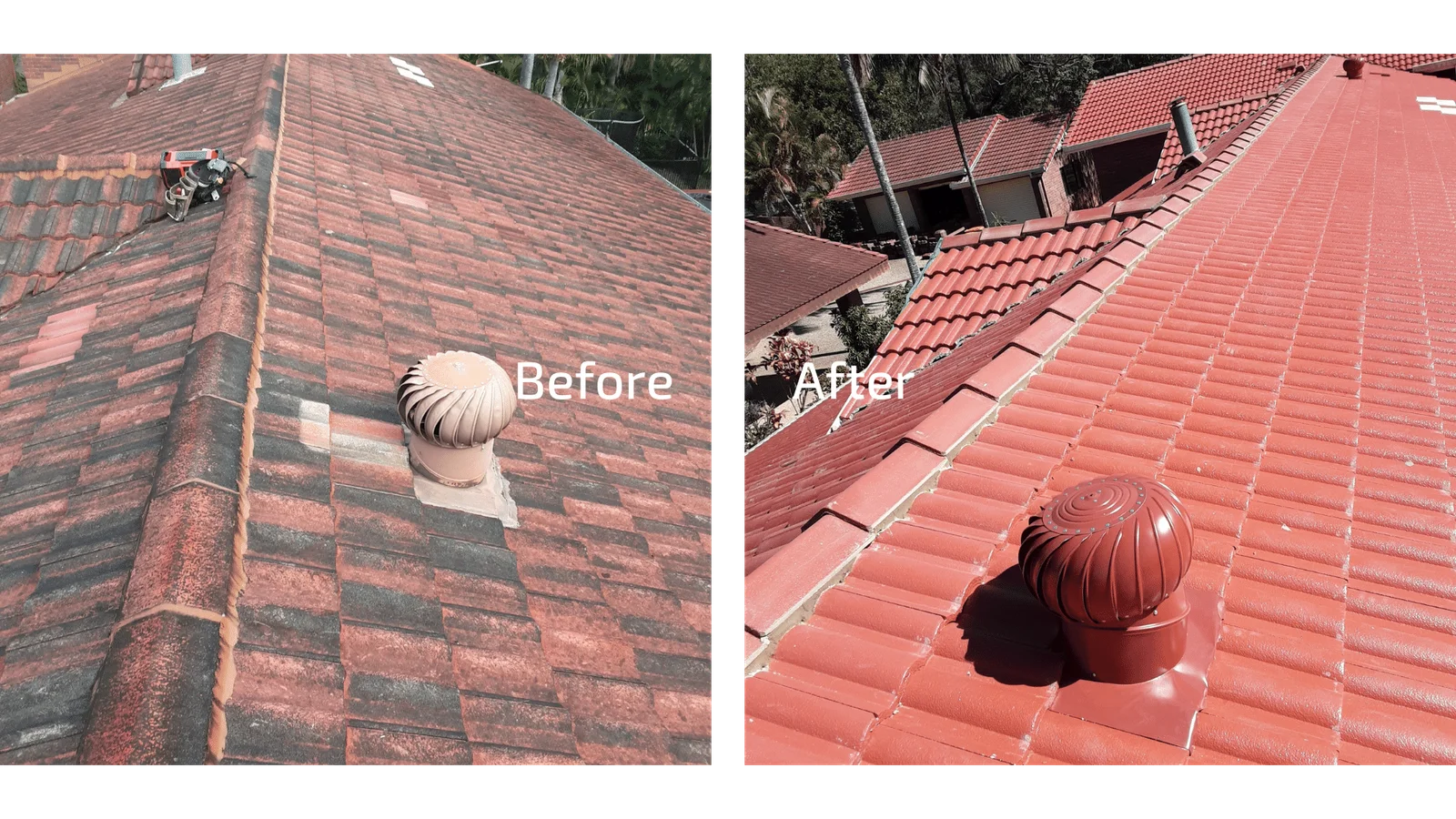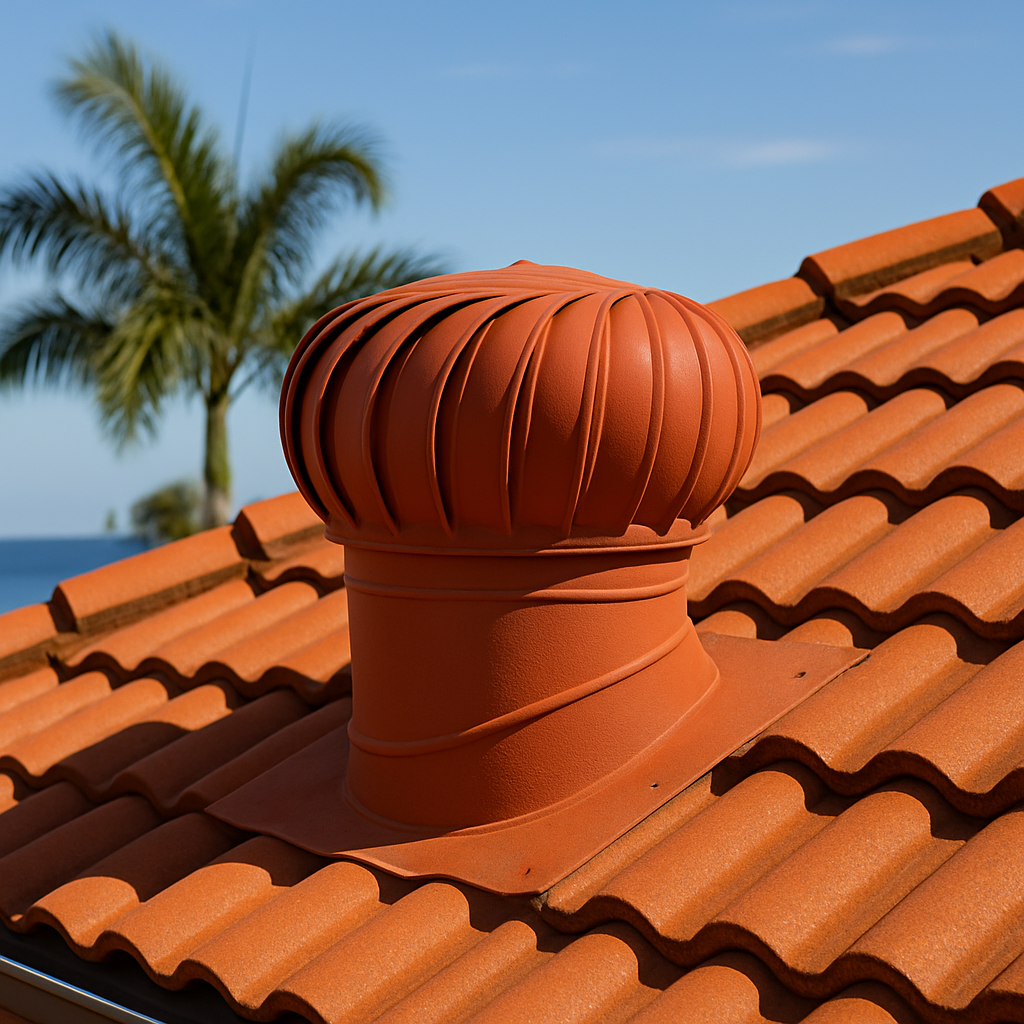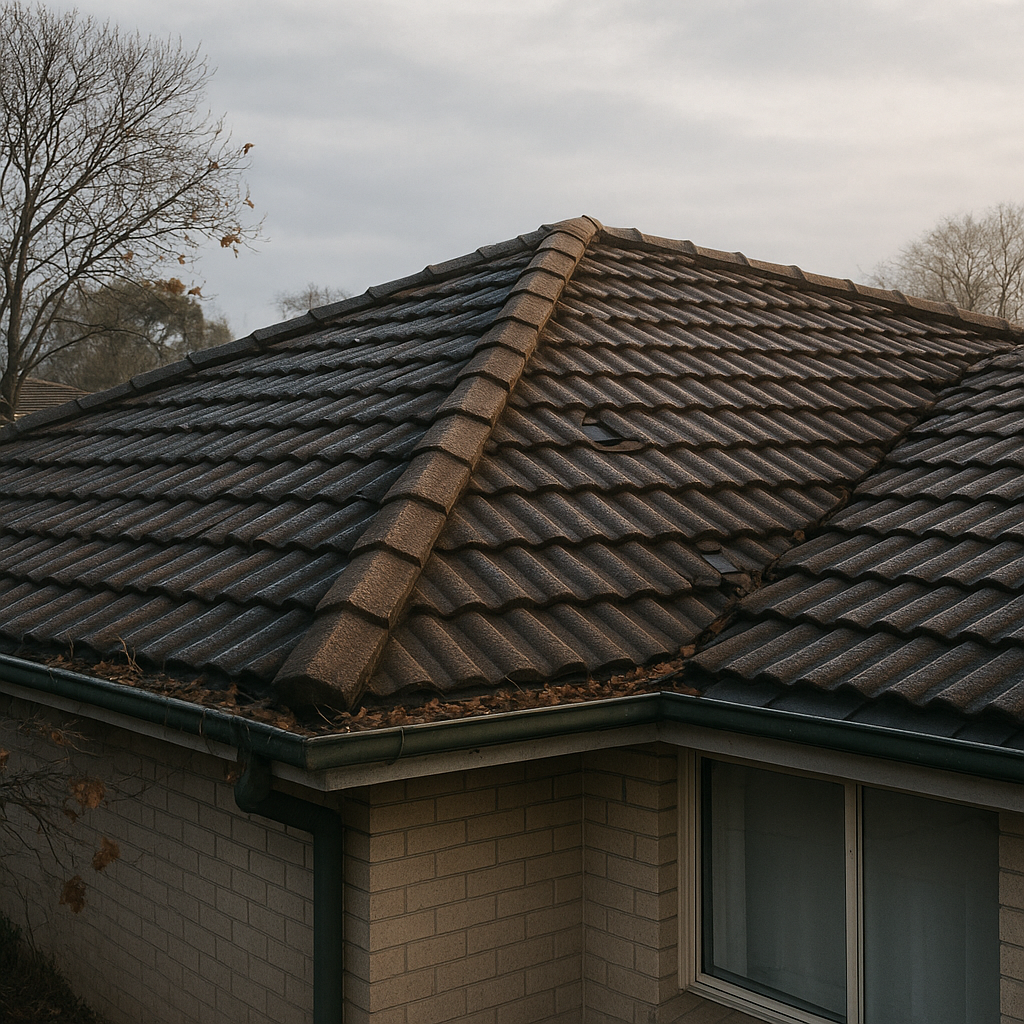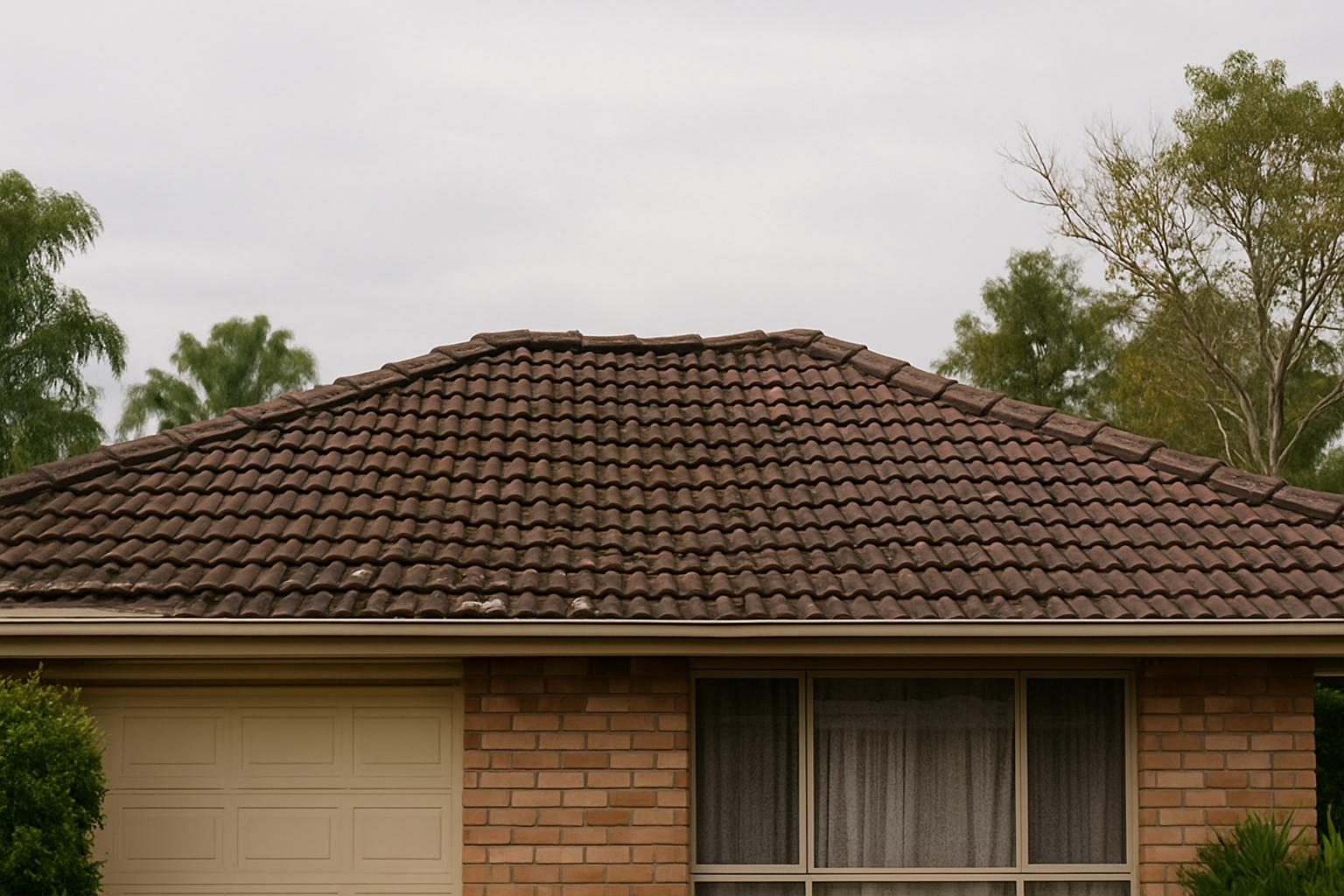When it comes to tiled roofing in Queensland, most homeowners think about colour, durability, and maintenance, but the shape of your roof tiles also plays a big role in how well your roof performs. The profile of a tile impacts everything from how quickly water runs off during heavy rain to how your roof handles strong winds.
At Storm Call Roofing Projects, we have worked with all types of tile profiles across Brisbane and the Gold Coast, and we have seen first-hand how the right choice can make a difference to your roof’s performance and longevity.
Understanding Roof Tile Profiles
Roof tiles generally come in three main profile types: flat, low-profile, and high-profile. Each one has its own set of advantages and considerations.
- Flat Profile Tiles – These tiles create a sleek, modern look. Because there is less curvature, water tends to flow evenly across the surface, reducing the chance of water pooling. They work well in areas with less intense rainfall but can require precise installation to avoid seepage during heavy storms.
- Low-Profile Tiles – Offering a subtle curve, low-profile tiles provide a good balance between style and performance. They guide water away efficiently while giving the roof a softer, more traditional appearance.
- High-Profile Tiles – These have a pronounced curve, which can improve water run-off speed during downpours and add extra shadow lines for aesthetic appeal. They are particularly effective in high rainfall areas, as the channels help water move quickly off the roof.
Water Run-Off and Drainage
In Queensland, where heavy rain is common during storm season, water run-off is critical. A roof tile’s shape can influence:
- Speed of Drainage – High-profile tiles tend to move water off faster, while flat tiles rely more on correct slope and installation.
- Risk of Water Ingress – Poorly aligned or damaged tiles, regardless of shape, can let water seep underneath, leading to leaks or sarking damage.
For Brisbane and Gold Coast homes, matching the tile profile to your roof pitch and rainfall exposure is key to preventing long-term moisture problems.
Wind Resistance and Weather Performance
Tile shape also affects how your roof handles strong winds. High-profile tiles can create more wind resistance if not installed correctly, but when fitted securely, they can still perform well in storm-prone areas. Flat and low-profile tiles tend to offer less wind lift, making them a good choice for coastal suburbs where strong gusts are common.
The right choice is not just about shape, it is about pairing the right tile profile with quality installation and secure fastening methods.
Choosing the Right Profile for Your Home
The best tile profile for your home depends on several factors:
- Local rainfall patterns
- Roof pitch
- Exposure to coastal winds
- Desired aesthetic style
An experienced roofing professional can assess your home and recommend the profile that offers the best balance of performance and appearance.
Our Experience with Tile Profiles
At Storm Call Roofing Projects, we have repaired, restored, and replaced tiled roofs in every profile style. We know how each one performs under Queensland’s unique conditions, from the intense summer sun to sudden downpours. Whether you are building new, replacing old tiles, or restoring a weathered roof, we can help you choose a profile that protects your home and suits your style.
Need advice on the right roof tile profile for your home? Contact Storm Call Roofing Projects today and let us keep your roof looking and performing at its best.






